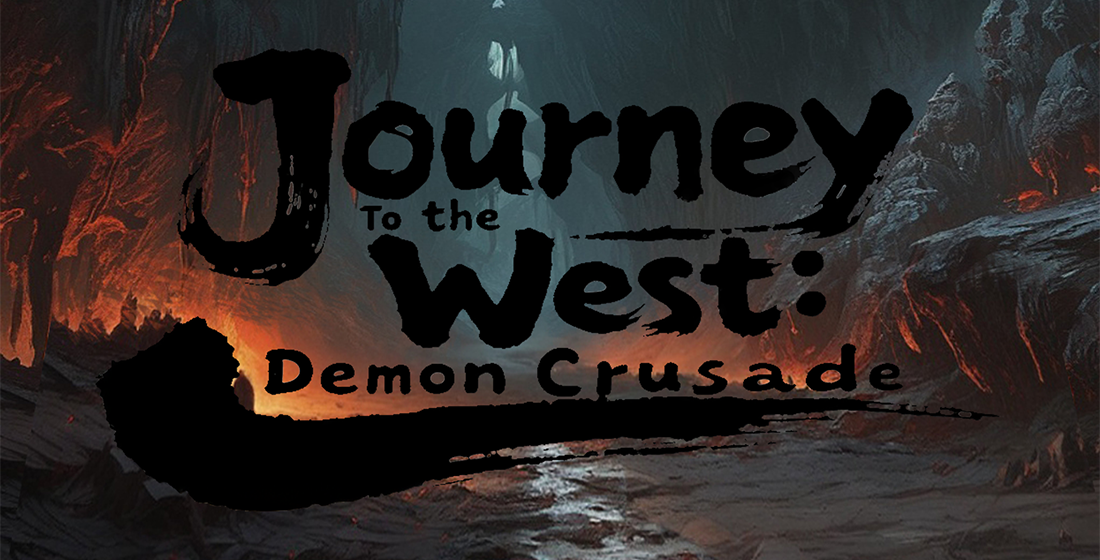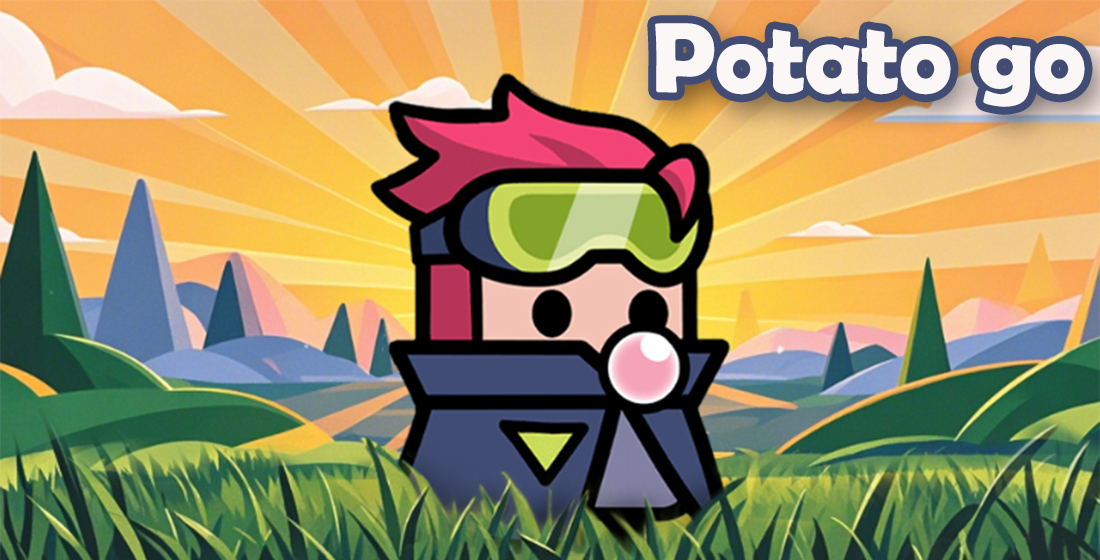Digital Playground: Unlocking Learning Through Educational Games
In a world increasingly fueled by tech advancements, educational games have slipped past the cracks of conventional classroom learning. Far from the perception of being digital time-fillers, **gamification tools** like puzzles and interactive simulators are now reshaping the way young learners approach critical thinking—and they’re doing so with impressive flair. One intriguing example? A 1,000-hour marathon jigsaw themed around the animal kingdom. But what exactly makes this genre more than just "just survive game"-type entertainment? Let’s dig deeper.
Rise From 'Time-Waster' to Core Curriculum Element
- Gone are the days of rote memorization reigning supreme.
- Kids don't just need data dumps anymore—they need experiences.
- Puzzles that blend storytelling and science are becoming mainstream.
| Learning Format | Average Retention % | Engagement Levels (out of 10) | Durability of Interest (weeks) |
|---|---|---|---|
| Educational Games | 50-70% | 8.6 | 8+ |
| Lectures | 20-30% | 4.1 | 1 |
| Reading Assignments | 35-50% | 5.7 | 2-3 |
The real win? When a kid voluntarily picks up the 'animal kingdom 33600 piece puzzle' for an after-school session, there’s no forceful learning happening—it's genuine curiosity at play. The brain is primed when we aren't trying hard.
Cognitive Gym for Kids That Actually Workouts Imagination & Logic
If education is supposed to be preparation, why stick with yesterday’s tools to craft tomorrow’s innovators? Games, particularly educational ones, create mental elasticity. Imagine a 4-hour-long virtual safari through the Serengeti biome within a simulator where you don’t just click buttons—you deduce predator patterns based on climate conditions. This isn’t child’s play. It’s analytical development dressed as fun. Here's why that matters:- Mistakes come without punishment—a key psychological edge;
- Repetition doesn’t mean drudgery but mastery;
- Dig into obscure subjects with lower friction (e.g., deep-sea creatures in survival-themed puzzles);
Real World Relevance of Fantasy-Based Tasks
Some still scoff. They see flashy screens filled with fantasy battles and question practical application. Here lies the paradox—their skepticism is part illusion. The same cognitive gears firing during simulated city management tasks also light up in economics and resource classes taught offline:- Skill in allocating water vs crop resources = microeconomic logic training;
- Fabricating weapons from raw materials in games mirrors real-world crafting limitations;
- Does failure provide meaningful data instead of simply saying, ‘Game Over’?
- Can the player reflect after each session—or better, compare progress visually (like maps or skill dashboards)?
- Are choices cumulative in knowledge, not just power levels?
Why Gamified Education Is a Quiet Disruptor of Old Models
We once viewed video playtime with suspicion. Today, educators across borders—including remote regions of Tajikistan—are testing digital puzzles and sandbox challenges to ignite dormant interests. There's an art form in how educational games subtly shift control back to the learner while appearing effortless on the backend. As technology improves, the divide between work-play-knowledge narrows—and kids who grew up dismissing school textbooks find unexpected paths to intellectual awakening. Whether it's through piecing together the Amazon basin species in a 6,764-tile ecology quest game, or mastering supply chain logistics in a rogue survival scenario, one message emerges clearly from today’s learners: I’m not cheating life—I'm practicing it.



